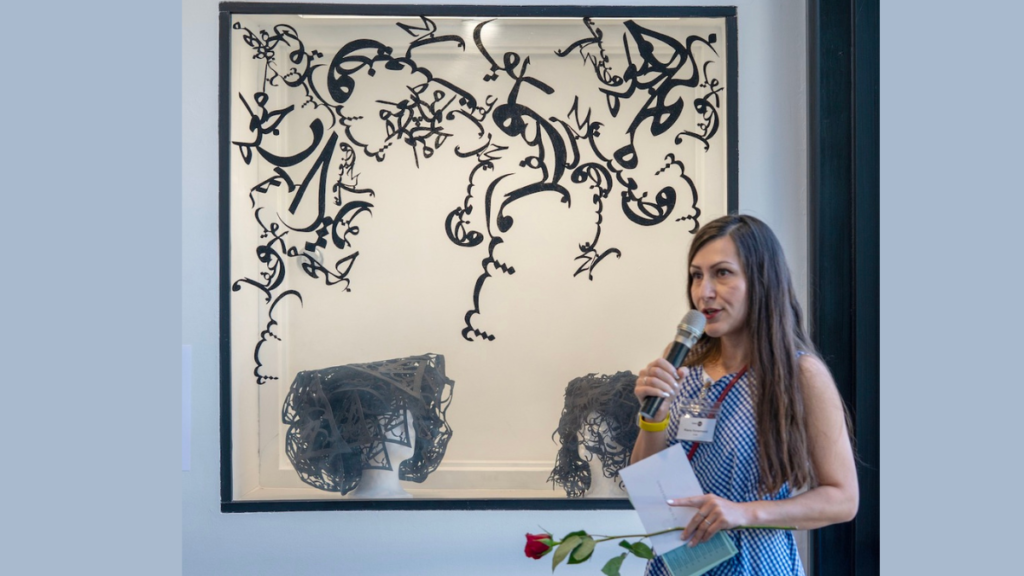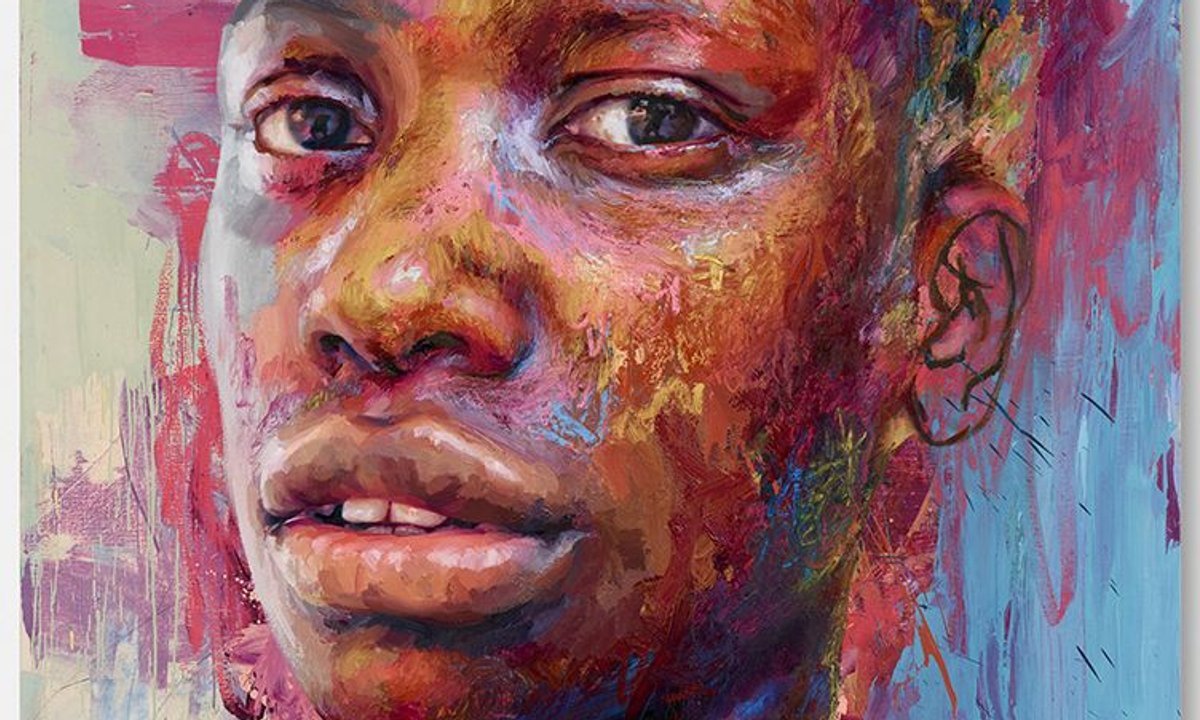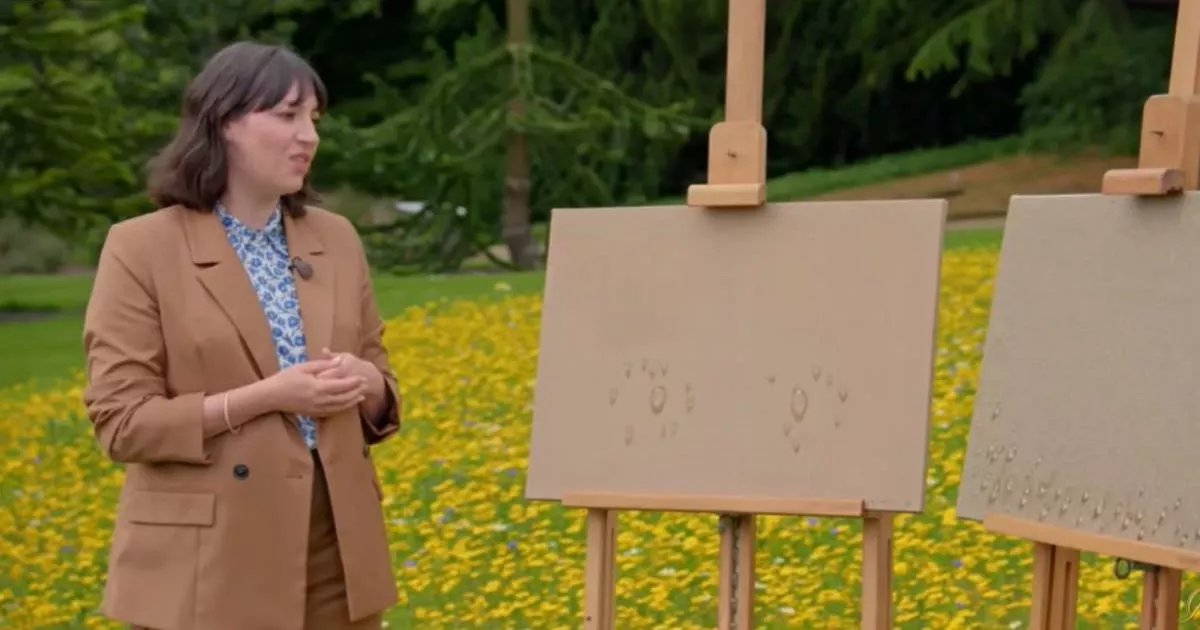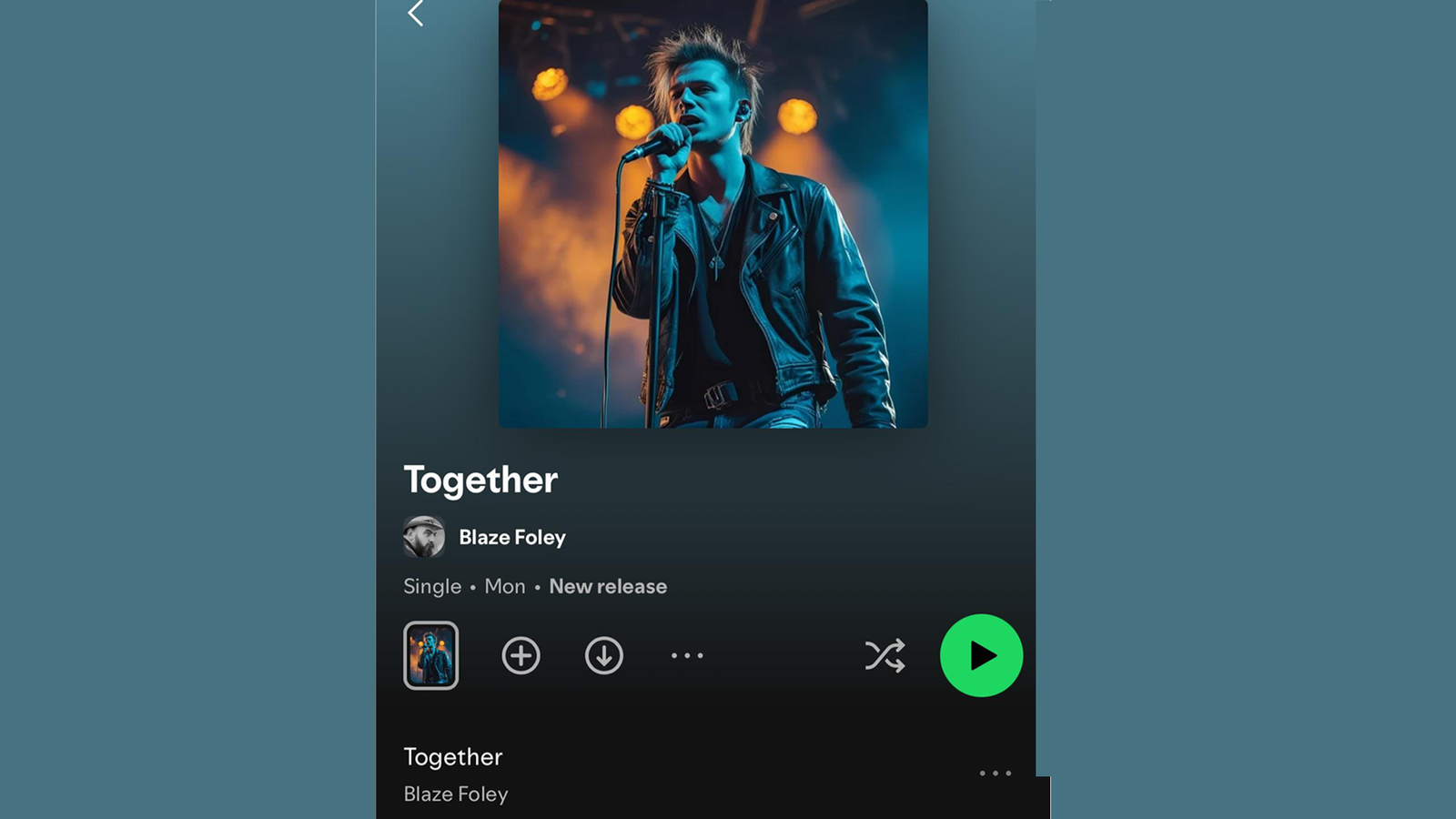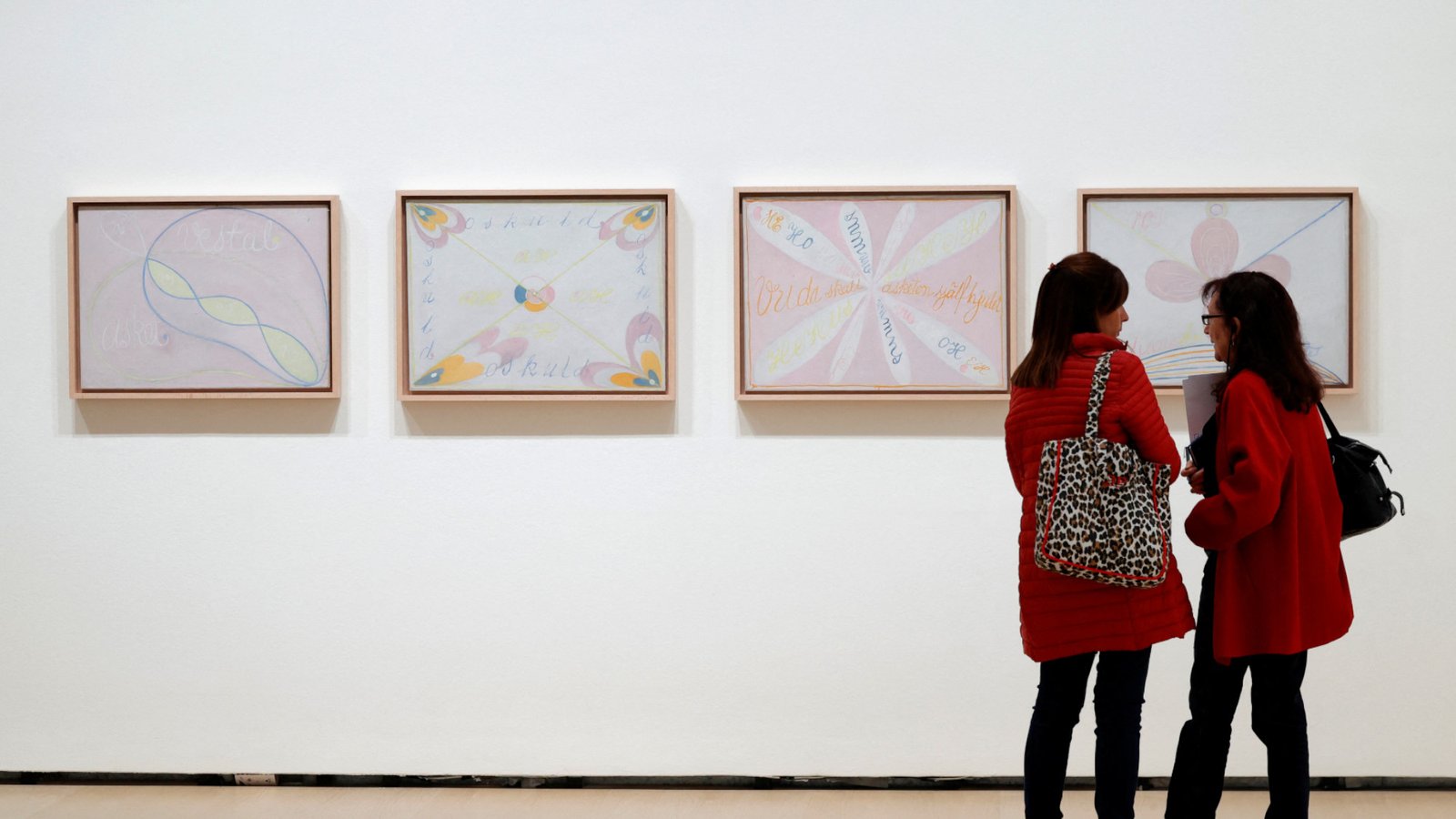Diverse perspectives on freedom
Inspired by Noble Laureate Rabindra Nath Tagore’s poem, Inner Eye Arts presents a visual art showcase titled “Voices of Freedom” featuring artists of Asian descent reflecting on diverse perspectives on freedom about justice and decolonial practices. The show explores the deep connection between creativity and freedom and encourages a culture that fosters experimentation, innovation, and risk-taking.
The exhibiting artists’ works challenge established norms, expand knowledge to better understand our histories and communities, and imagine new pathways to the future. It takes viewers on an introspective journey within which to think critically about ways to create just and equitable systems.
Each artist brings a unique vision, offering interpretations of culture, identity, and the human experience through a dynamic interplay of color, form, and texture.
The show includes the works of three South Asian American Artists: Shailly Sharma Bhatnagar, Manu Kaur, and Indrani Nayar Gall.

The “Voices of Freedom” art exhibition curated by Pallavi Sharma (Ph.D.) runs from October 6 through October 26 at the Lindsay Dirkx Brown Art Gallery, located inside the San Ramon Community Center, and is free and open to the public.
The opening reception on October 6th featured an introduction to the participating artists, by Sharma, as well as a dance performance by Rewire Community to the Iranian song “Baraye,” which became the freedom movement song for young Iranian women.
The Artists
Shailly Sharma Bhatnagar from Bangalore, India, is a sculptor, mentor, art educator, and design professional. She works in different mediums of art to support her visual narrative. Her work “Embroidered Life” focuses on how the capitalist structure has tamed the world and modified our lives. It metaphorically explores how the human mind is crafted to follow the restricted patterns offered by consumerism and its inherent desire to be free from varied constraints. In myriad ways, the work talks about a deep-rooted desire to be free from gender, caste, and geographical boundaries and breathe free without fear!
Manu Kaur, a queer, nonbinary, Dalit femme, is a dedicated community organizer and researcher committed to alchemizing trauma through mental health advocacy and the empowerment of marginalized lives. Her work focuses on supporting Black, Indigenous, and Dalit communities. Kaur created “Dalit Dreamlands,” a multimedia art exhibition and dance party that united over 30 artists from Dalit, Adivasi, Bahujan, Afro-Indian, Indo-Fijian, Indo-Caribbean, and Muslim backgrounds. The photo project is a narrative of what a Chamari looks like and what it means to hold this lived identity. These photos depict the femmes in Kaur’s family alongside their two grandfathers. The photographs of all three Kaur family generations highlight the survivorship of their ancestral bloodline. The poses, clothing, makeup, hands, and facial expressions tell a collective story of grief, rebuilding, reclamation, joy, resilience, and freedom. There is intergenerational trauma present in these shots, and there is also intergenerational love and healing. Manu Kaur wanted to include their mother and grandmother in these photos so that they could finally see themselves represented and celebrated for the first time as the powerful Chamaris they truly embody.

A multidisciplinary feminist artist, Indrani Nayar-Gall weaves global narratives of marginalization, patriarchy, and misogyny through her practice in installation, 2-D/3-D media, and moving images. Social justice themes stem from influences in her mixed north-south Indian background, parental models of community engagement, helping marginalized women survivors, and socio-political artivism. Her series, “Voice I, II, IV, A New Deity In Town,” is a push-back against the global rise of neoconservative patriarchal models that assume male superiority over women. This pyramid-structured social-religious model of patriarchy is emboldened everywhere to control women’s rights to their bodies, even by infiltrating the legal system. In the U.S., we see it manifesting in the reversal of Roe vs Wade. Voice, interpreted simultaneously as a noun and a verb, started in 2024 with a suite of digital mixed-media work with women’s hands manipulating/destroying black metal hangers in various ways. On one hand, the metal hanger is a trope of inequality and a reminder of the dark era of illegal abortion, on the other here, a powerful symbol of women’s protests for freedom. Manipulation of the metal hanger plays against objectification and efforts to control our bodies. These compositions are symmetrical, iconic, and similar to religious icons within various religions.
The show includes a collaborative community art project by Pallavi Sharma to facilitate creative engagement and generate a visual discourse on the subject. The engagement began almost a year ago with a vision Sharma had that was adopted by the community members; they collected leaves on which they wrote words connected to thoughts of freedom. A workshop with Reiko Fujii taught jelly print techniques while other sessions were conducted to create a multi-media book to represent the meaning of freedom for community members.
Other featured artists included Ruth Tabancay, Reiko Fujii, Rea Lynn de Guzman, Pamela Ybanez, Maggie Yee, Kiana Honarmand, Irene Wibawa and Ellen Bepp

Community arts participants included Vibhooti Juneja, Vaani Uppal, Tina Nihalchand, Riya Verghese, Rema Vadamala, Mishel Rahman, Fatema Shaikh, Chaitanya Verma, Azal Shaikh, and Arshita Goyal.
Event Details
“Voice of Freedom”
October 6th – October 26th
Gallery hours: 8:30 am and 5:00 pm
Event Location: Lindsay Dirkx Brown Art Gallery: Located inside the San Ramon Community Center – 12501 Alcosta Blvd, San Ramon
Contact
InnerEye Art
For more information, please contact Pallavi Sharma

